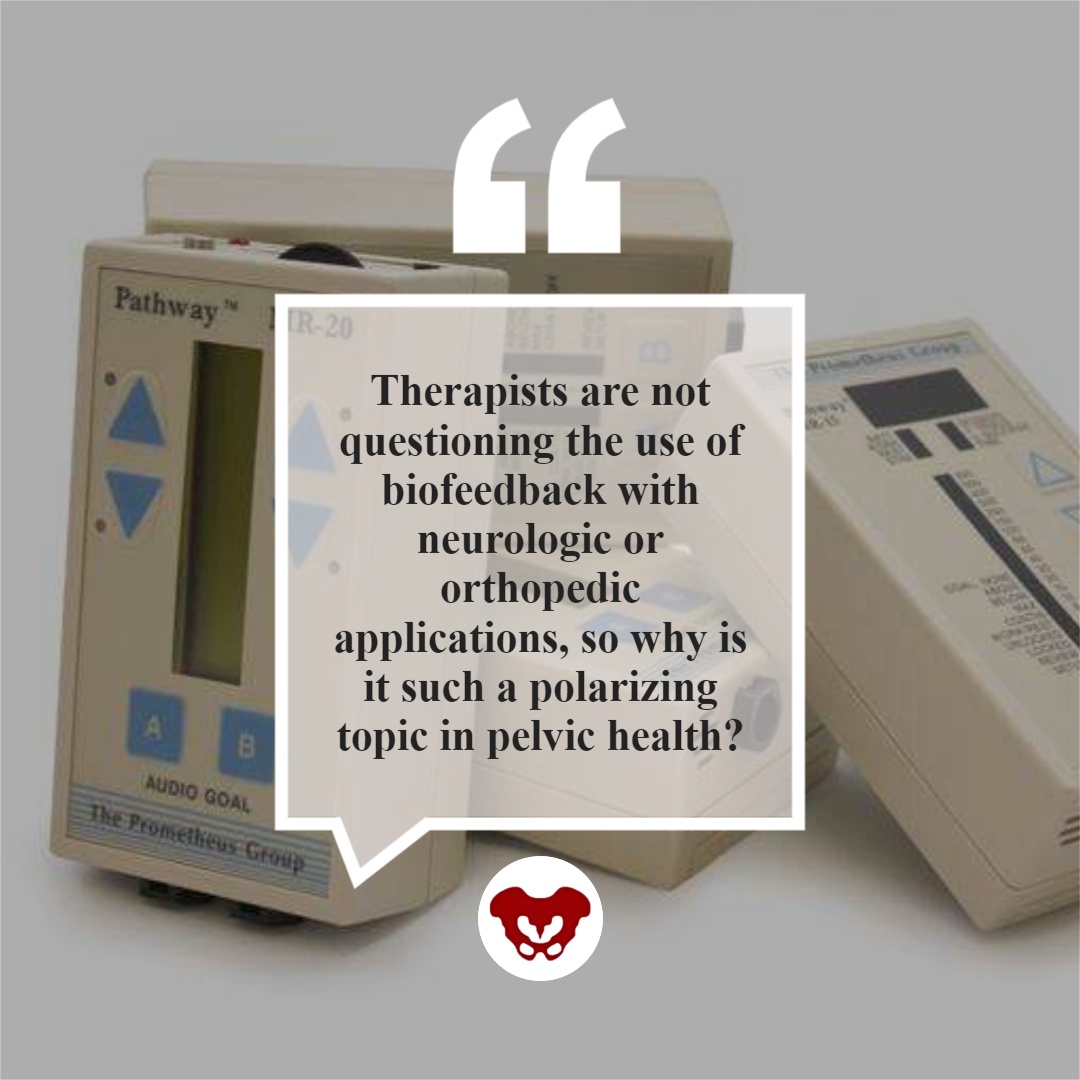Biofeedback is a method that educates individuals how to manage certain bodily processes by using signals from their own physiology. This approach involves employing sensors that monitor physiological responses such as heart rate, muscle tension, and skin temperature. By providing immediate feedback, individuals can learn to identify their body's responses to pain and stress. This consciousness allows them to formulate strategies to manage their pain more effectively. For instance, if a patient notices that their muscle tension rises when they are in pain, they can practice relaxation strategies to help reduce that tension.

One of the key benefits of biofeedback is that it empowers patients to take an active role in their pain management. Instead of relying solely on medications or treatments from medical providers, patients can gain to comprehend and regulate their own physiology. This feeling of control can lead to enhanced confidence and a more optimistic outlook on life. Many individuals indicate feeling more in control of their pain and less like sufferers of their syndrome. This change in mindset can substantially improve their quality of life.
Research has demonstrated that biofeedback can be beneficial in alleviating chronic pain indicators. Studies indicate that patients who use biofeedback techniques often experience less pain and improved physical ability. Additionally, biofeedback can help lessen anxiety and stress, which are common issues for those dealing with chronic pain. By tackling both the physical and psychological aspects of pain, biofeedback offers a holistic approach to pain management. This comprehensive method can lead to better outcomes for patients, allowing them to engage more completely in their routine activities.
In summary, biofeedback like this is a significant tool for revolutionizing chronic pain control. By educating patients to understand and regulate their physiological responses, biofeedback empowers patients to take charge of their pain. This approach not only helps alleviate pain but also improves overall standard of life. As more individuals seek alternatives to traditional pain management methods, biofeedback emerges as a potential option. With continued research and recognition, biofeedback could turn into an integral part of chronic pain therapy, helping individuals lead more fulfilling, more fulfilling lives.